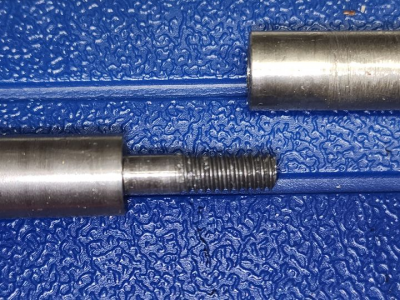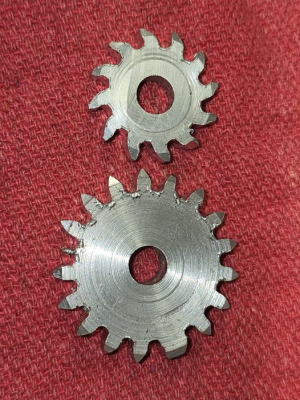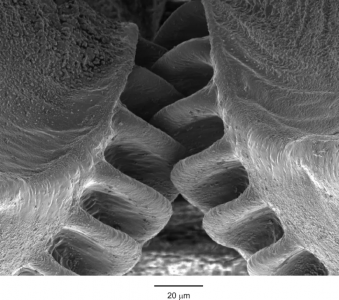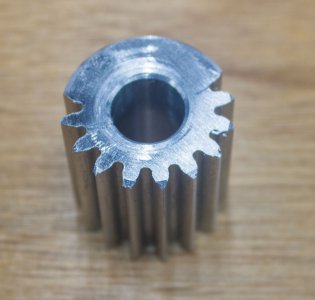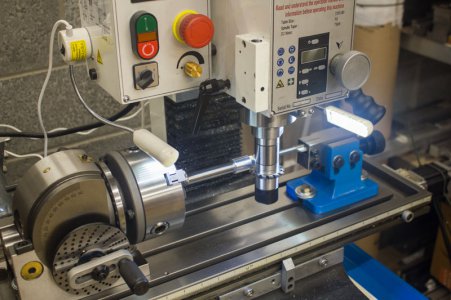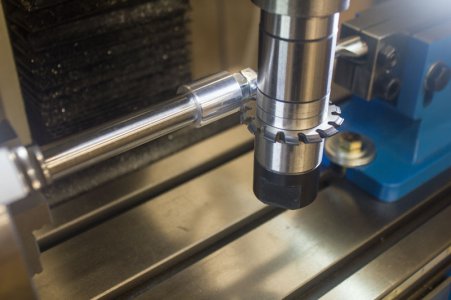That looks a lot like a Grizzly g0704.
I have no idea if it's actually contributing to your problems, but after reading through a bunch of clock making books, I totally changed my goals for my own setup. The 3-jaw "you get a center, but maybe not the center you want" scroll chuck is gone, replaced by a MT2 ER32 collet chuck in the dividing head. I'm no longer using the tailstock at all. I haven't actually fabricated it yet, but I'm going to copy a blank holder from the "Huckabee wheel making fixture" from "Building an American Clock Movement" by Steven G. Conover, and size the the shank to fit one of my ER32 collets. Call it 0.750".
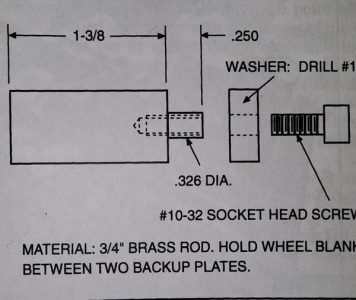
What did Mr. Huckabee get right that I did wrong? He realized the threaded connections are the enemy of concentricity. The gear blank in this diagram registers on the 0.326" diameter that sticks out of the chuck/collet. The blanks clamp through the #10-32 threads, with the aid of the washer. Varying widths of blanks, and/or stiffening plates are accommodated, and everything will turn out concentric, because the threads aren't relevant to the concentricity of anything.
This is hugely different from the gear cutting arbor I made, which put the threads and the registration diameter on a rod that screwed into the left portion. Left and right rods were the same tool steel blank, the hole was reamed, but with this nonsense clamped between the 3-jaw scroll chuck on my dividing head and a tailstock, my parts basically stood no chance of coming out totally concentric.
When I redo this setup in the near future, I'm going to make a fixture that clamps into the ER32 on my dividing head, and has no tailstock support at all. This should be totally fine for 0.0625" clock wheel blanks, although you should probably devise a setup that involves tailstock support, because your pinion is relatively long.
My fail arbor:
